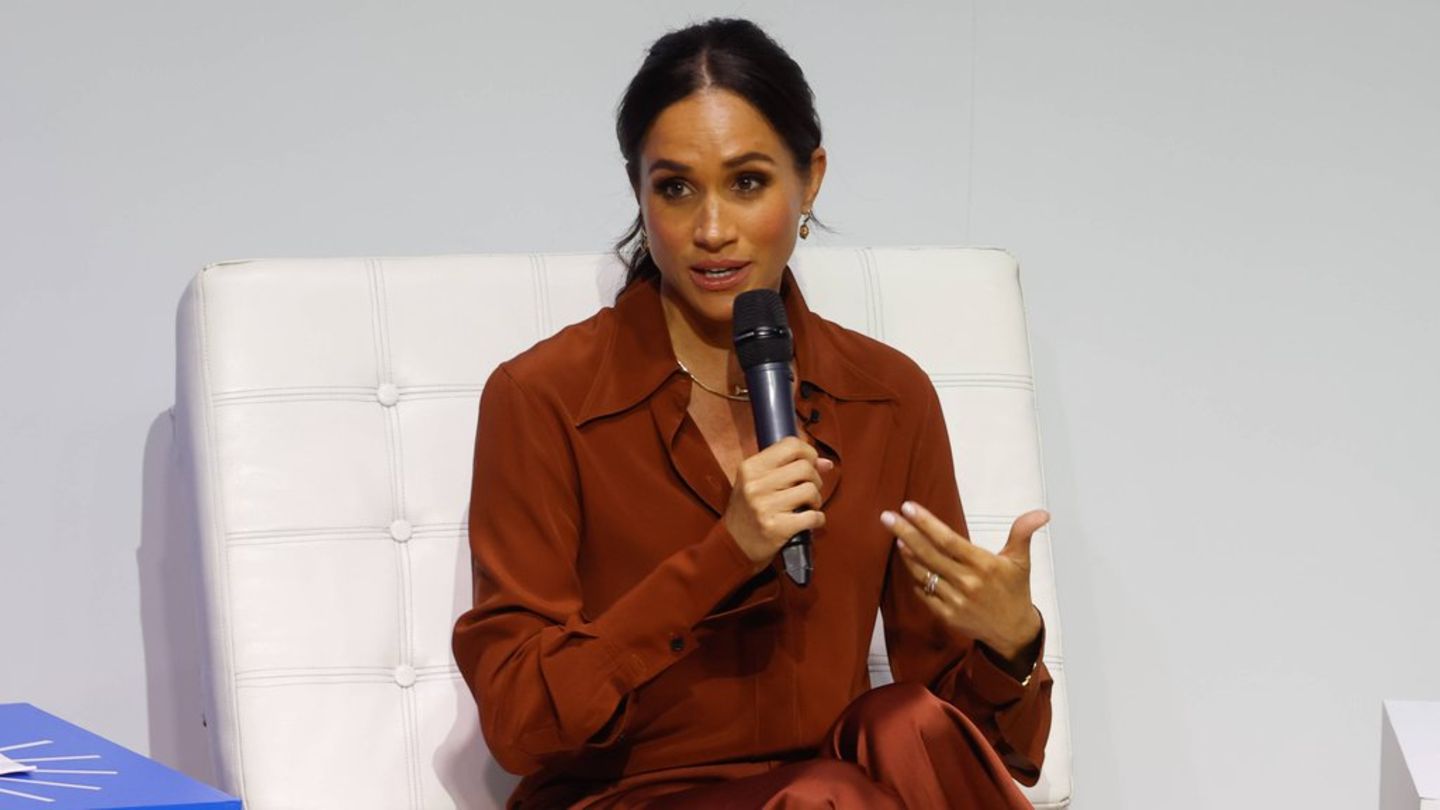The inflation served twelve consecutive months within the target range established by the Ministry of Economy and Finance (MEF) and the Bank Central of Uruguay (BCU), thus marking a milestone in the government’s monetary policy, despite the consequences that, according to the business chambers, this has on the exchange rate and the country’s competitiveness. In any case, the last figure of the National Institute of Statistics (INE) marked signs of price acceleration, what can be expected for the remainder of the year?
The last publication of Consumer Price Index (CPI) recorded a monthly increase of 0.4%, bringing the year-on-year value to 4.1% from the previous 3.8% in April. Despite the increase, the inflation It remained within the target range of 3%-6%—just below the center of 4.5%—although what was striking was that the increase occurred after four consecutive declines.
Although the result was not entirely surprising, since some positive variation was expected in the face of global conditions and the increase in domestic consumption due to improvements in household income, questions arise about what to expect during the second semester, a period in which which, at the beginning of the year, was alerted by the rebound in prices. In this regard, the BCU projects an inflation of 5.6% for the end of the year. Monetary Policy Horizon (HPM).
Tranquility in the private sector
Businessmen are betting on at least another seven months of inflation within the target range, according to the latest INE survey. The Business Expectations Survey (EEE) of May, showed that the private sector expects the CPI to be at 6% by the end of the year, a figure that was not modified with respect to the previous report.
At the same time, of the median responses from the survey INE It appears that businessmen predict that this percentage will be maintained in the moving year closed in April 2025, which is equivalent to a drop of 30 basis points.
Meanwhile, businessmen hope that the inflation stands at 6.5% for the moving year ended in April 2026, which represents a reduction of 50 basis points compared to last month.
The projections of analysts and experts
For its part, since Economic Research Center (Cinve) They assured that interannual inflation will continue to move within the target range at least until mid-2025.
In his latest report inflationthe academic institution expects that in 2024 the Uruguay have one accumulated inflation 5.3%, and that this remains within the target range until July 2025, when it would jump to 6.1%, finally closing that year at 6.4%.
One fact to take into account is that the institution anticipated an interannual variation in mato of 4.1%, which finally happened according to official data. In any case, “the risks remain, both upward and downward in the projections”, since “climate volatility, exacerbated by climate change, may bring surprises in areas such as fresh food.”
Can Argentina influence Uruguayan inflation?
The price gap between Uruguay and Argentina showed a slight increase in May, the first since Javier Milei is the president of the neighboring country, which raises an alarm signal for the economy, after the problems caused by the exchange difference between 2021 and last year. In that sense, the Border Price Indicator (IPF) which is prepared bimonthly by the UCU Salto Economic Observatory, to which he agreed Ambit, reflected an increase of 9% compared to March, so that Leap It was 59% more expensive than Concord.
Although a deepening of the exchange rate difference and the price gap It can cause problems in the economy, for inflation it can mean downward pressure. This could occur in the event that internal consumption falls within the borders due to an indirectly proportional increase in purchases in the neighboring country.
On the other hand, the effect that the possible inflation import in dollars from Argentina, based on less price competition in some sectors such as services.
Source: Ambito




